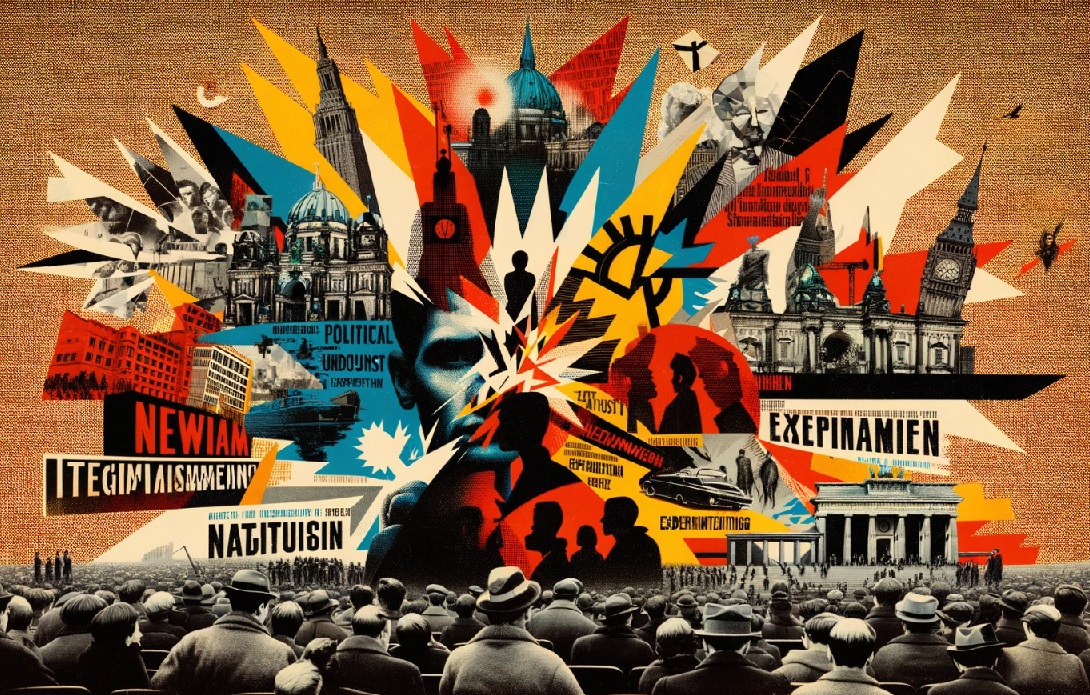
In the midst of the 20th century, a cinematic movement emerged from West Germany, marking a pivotal moment in film history. This movement, known as New German Cinema (Neuer Deutscher Film), redefined the landscape of German filmmaking, introducing groundbreaking directors, innovative storytelling, and profound thematic explorations that resonated globally. This article delves into the origins, evolution, key figures, and enduring legacy of New German Cinema, underscoring its significance as a cultural renaissance that continues to influence the film industry today.
Unveiling the Roots of New German Cinema
The genesis of New German Cinema can be traced back to the late 1960s, a period characterized by social upheaval, political unrest, and a fervent desire for cultural renewal across Europe. In Germany, this zeitgeist manifested in a collective call from filmmakers to break away from the conventional, state-subsidized film industry, which was mired in stagnation and formulaic storytelling. The Oberhausen Manifesto, signed in 1962 by 26 young filmmakers, including future luminaries like Alexander Kluge and Edgar Reitz, boldly declared, “The old cinema is dead. We believe in the new cinema.”
Catalysts of Change and Innovation
The New German Cinema movement was fueled by a confluence of factors that provided a fertile ground for its growth. The establishment of the Film Funding Act in 1967 by the West German government played a crucial role, offering financial support for film projects that demonstrated artistic merit. Additionally, the influence of the French New Wave, with its emphasis on personal vision and experimental techniques, inspired German filmmakers to adopt a more auteur-driven approach.
Film schools, such as the newly founded German Film and Television Academy Berlin (DFFB), became incubators for talent, nurturing a generation of filmmakers who were eager to experiment and challenge societal norms. This period also saw the rise of film festivals, such as the Berlin International Film Festival, which provided a platform for New German Cinema to gain international recognition.
Luminaries of New German Cinema
The movement was characterized by a diverse array of filmmakers, each bringing their unique perspective and style to the forefront. Directors such as Rainer Werner Fassbinder, Werner Herzog, Wim Wenders, and Volker Schlöndorff became the flag bearers of New German Cinema, captivating audiences with their bold narratives and visual innovation.
Fassbinder’s prolific output and exploration of social realities, Herzog’s surreal and visionary landscapes, Wenders’ meditative road movies, and Schlöndorff’s adaptation of literary works collectively embodied the movement’s richness and versatility. Margarethe von Trotta, one of the leading female voices in New German Cinema, brought a feminist perspective to the movement, highlighting the experiences of women in post-war Germany.
Themes and Aesthetics
New German Cinema filmmakers were united by their desire to confront Germany’s turbulent history, particularly the legacy of World War II and the post-war division. Their films often featured flawed characters, existential questions, and critiques of contemporary society, reflecting a nation in search of identity and redemption.
The movement’s aesthetic was marked by a departure from conventional narrative structures, embracing instead a more fragmented, allegorical, and visually striking style. The use of location shooting, natural lighting, and innovative soundtracks further distinguished New German Cinema from mainstream productions.
The Legacy and Influence of New German Cinema
Although the movement began to wane in the 1980s as its leading figures transitioned to international careers or explored new creative avenues, the impact of New German Cinema on global filmmaking is undeniable. It paved the way for the next generation of German filmmakers and contributed significantly to the resurgence of European cinema on the world stage.
Today, New German Cinema is celebrated for its artistic achievements and its role in redefining the language of cinema. Film studies programs and retrospectives continue to analyze and honor the movement’s contributions, ensuring that the spirit of New German Cinema lives on.
New German Cinema stands as a testament to the power of film as a medium for cultural expression and critique. Emerging from a period of societal change, it challenged traditional norms, offering a new vision for German cinema that was bold, introspective, and unabashedly innovative. As we reflect on its legacy, New German Cinema remains a beacon of artistic ambition and a reminder of cinema’s ability to shape and reflect the human experience.
Through the lens of New German Cinema, filmmakers and audiences alike are invited to explore the depths of storytelling, the complexities of history, and the boundless possibilities of the cinematic form. In doing so, we continue to celebrate and draw inspiration from a movement that forever changed the course of film history.
Related articles:
The Evolution of German Cinema
Wim Wenders
Werner Herzog
Rainer Werner Fassbinder
Berlinale – Berlin International Film Festival







